The content of the article
Watermelon is a tasty and healthy berry that delights children and adults with its juicy pulp. You can grow watermelon in central Russia. This gourd is very thermophilic, but in order to grow large and sweet fruits, you need to observe a lot of nuances. So, let's talk about everything in order.
Where to grow watermelon
The place for growing watermelons must be selected very carefully. It should be a sunny area without trees and shade. Watermelons grow best in sandy and loamy soils, because the roots of the watermelon penetrate deep into the soil in order to be saturated with moisture and filled with sweetness. That is why the soil for growing watermelons should not be clay and dense. To make the soil more porous, they dig it in advance (since the fall). The soil acidity of the selected site should not exceed 6.5-7 units.
It is best to plant the soil in which crops such as onions, potatoes, carrots, cabbage, beans, and wheat grow. Gourds should not be grown for two consecutive years on the same site. The soil is preliminarily cleared of weeds, the watermelon does not like extraneous vegetation.
When to grow watermelons
If the summer is cold, no tricks will help to grow a juicy and sweet fruit. But if there are a lot of sunny and hot days in a year, get ready for a good harvest. Planting watermelons is best started at the end of May, when the soil is already sufficiently warmed up by the sun. If you decide to plant seedlings, then the seeds can be planted in glasses in early May. However, the last word, anyway, is the weather. If there is still no heat in the first decade of May, you should not rush to landing.
How to prepare seeds for planting watermelons
Consider the two main methods of planting watermelons - seedlings and seedlings.
Seedling method of planting watermelons
Watermelon has very dense and hard seeds, which must be pre-soaked. To do this, fill the seeds with warm water and leave for half an hour. Those seeds that have surfaced after the indicated time are not suitable for planting - we immediately remove them. After that, you need to cover the container with a plastic bag and leave it in a warm place (in direct sunlight). It turns out an imitation of a greenhouse. It is best if the temperature in the mini-greenhouse does not drop below 25-30 degrees during the day, and below 20 degrees at night.
When the seeds hatch, they can be planted in a glass. This is usually done in late April or early May. Glasses need to be chosen large enough so that the root system is spacious. Watermelon does not tolerate root damage. The soil for planting must be mixed with humus and mineral fertilizers. In the process of seedling growth, you need to feed the sprouts with fertilizers several times. Two seeds are usually planted in one cup with the expectation that suddenly some will not germinate. If both sprouts grow, then they are separated.
Seedling for planting is ready when the sprout picks up at least three healthy leaves. Planting seedlings takes place in loose soil, fertilized with compost. Watermelon seedlings should be planted at a distance of at least 20 cm from each other. If two sprouts are planted in one hole, you need to rotate them so that they grow in different directions. Seedlings should not be planted too deep in the ground - the recesses should not exceed 10 cm. The leaves of the sprouts must necessarily remain on the surface. After planting, the sprouts should be abundantly poured with warm water so that they are better taken.
The reckless way of planting watermelons
If the days are already quite warm, you can plant watermelons in a non-seedling way. To do this, they are the same as in the previous planting method, soak in warm water and leave the seeds to hatch. When small hatching sprouts appear, you can bypass the stage of planting the sprouts in glasses and sow the seeds directly into the soil. I would like to note once again - a reckless way of planting watermelons is feasible only if a long-term weather forecast does not portend cold weather.
Seeds should be planted in wells at a distance of 20-25 cm, 2 seeds per well. To get a good harvest, you can prepare the following mixture. Mix the soil, ash and humus in a ratio of one to one. Add a few spoons of nitroamophosk mineral fertilizer to the mixture. Put one tablespoon of the prepared mixture in each well before planting the sprouts. Lay the seeds of watermelon on top of the mixture, and then sprinkle with humus. This is done so that the topsoil is not crusted. As was said, a watermelon loves loose soil, and a sprout simply cannot break through a thick crust.
How to care for a watermelon
Although watermelon is considered a fairly unpretentious culture, in order to get a good harvest, you need to observe some aspects in the care of watermelon.
- Imitation of a greenhouse. Until the sprouts have grown stronger, you need to cover them with coating material. This will allow them to gain strength and bear fruit several weeks ahead of schedule. To create such a small greenhouse, stick small sticks on the sides of the beds and cover with a dense plastic wrap. Keep the greenhouse until the end of June. Filming is better on a gloomy day when there is no sun. This will allow plants to adapt better. If you remove the film on a sunny day, the sprouts can simply burn out.
- Watering. Watermelon does not like excessive watering, as it feeds on inland waters. It has a powerful root system that takes water from the lower layers of the soil if necessary. But the plant should not be dried, otherwise the fruits will not differ in juiciness. The optimal frequency of watering is once or twice a week.
- Fertilizers A week after planting the seeds, they need to be fed with ammonium nitrate. To prepare the solution, you need to dilute 20 grams of the substance in ten liters of water. After the first top dressing, watermelon should be fertilized once every three weeks, using the usual mineral complex. Along with fertilizers, you need to constantly cultivate the soil. Watermelon is in need of loose earth. In general, gardeners advise less walking around holes and not compacting the ground. Especially in the intervals between planted sprouts. The root system of the watermelon is quite sprawling, but also quite fragile. Stepping on loose soil near the hole, you can damage the root of the plant.
- Molding. This is an important part of watermelon planting care. If the lashes are very long, they can be tied to racks or nailed to the ground so that they are not damaged by the wind. In a month, ovaries will begin to form. When they become the size of a large plum, you need to leave only the largest - a few pieces. This is called pinching. This procedure is carried out for the following purpose. When a plant has many fruits, it spends its energy on each fruit. Thus, we will receive many immature and small fruits. To get good and tasty fruits, you need to remove several ovaries at the very beginning of their growth. Usually leave no more than 5-6 fruits of watermelon from one bush. Moreover, on one lash should not be more than two ovaries.
In the second half of summer, when watermelons begin to ripen, they can be carefully turned over from one side to another every 10 days. This will allow them to quickly gain taste and juice. If the soil rots under watermelons, you need to put small planks under the fruits to reduce the area of contact between the watermelon and the ground.
When to harvest
Harvested in August. To understand that a watermelon is ripe, you need to carefully consider it. Ripe fruits have a shiny skin, as well as a dry tail. The stem of a ripe watermelon is not hairy. If you knock on a watermelon, the ripe fruit produces a characteristic dull sound, according to which experienced gardeners understand - it's time to harvest!
In watermelon-rich years, about 10 plants can be grown from six holes. About 40 fruits of various sizes and weights grow and ripen from them. With proper care and a sufficient amount of light and moisture, 90% of them fully mature.
What could be tastier and nicer than enjoying a watermelon grown independently? Follow all the rules of planting, care and feeding to grow a rich crop of watermelons in your summer cottage!
Video: how to grow a watermelon in the open ground

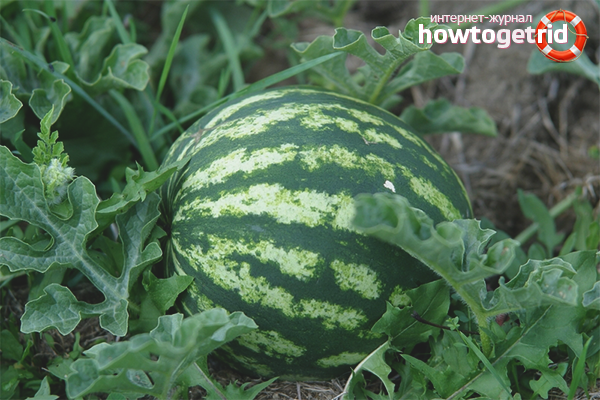
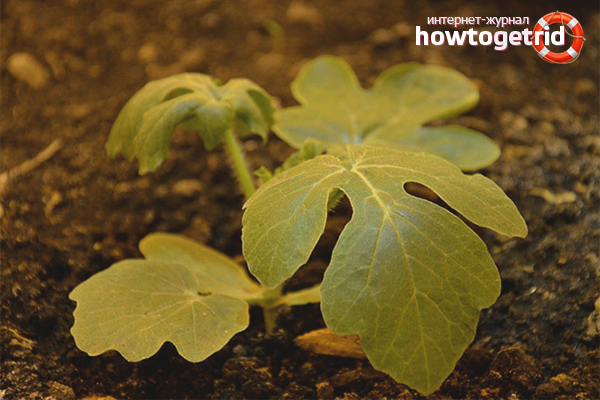
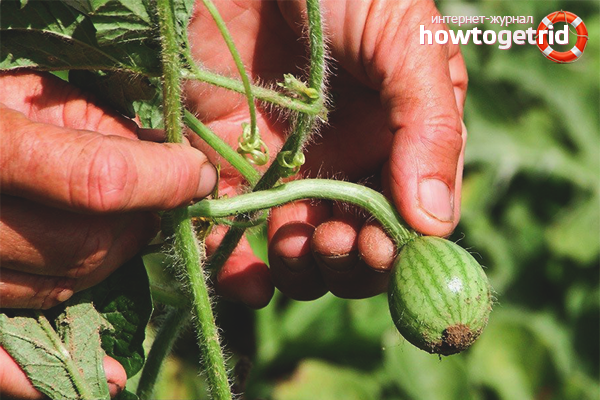
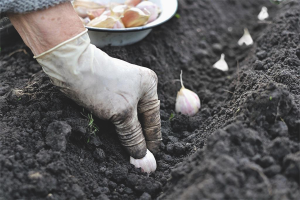
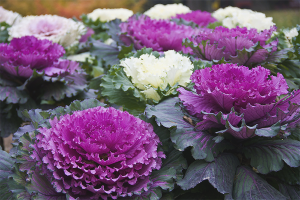

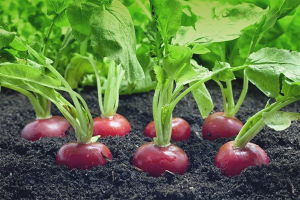
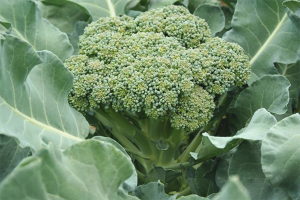
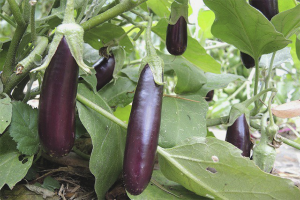


Submit